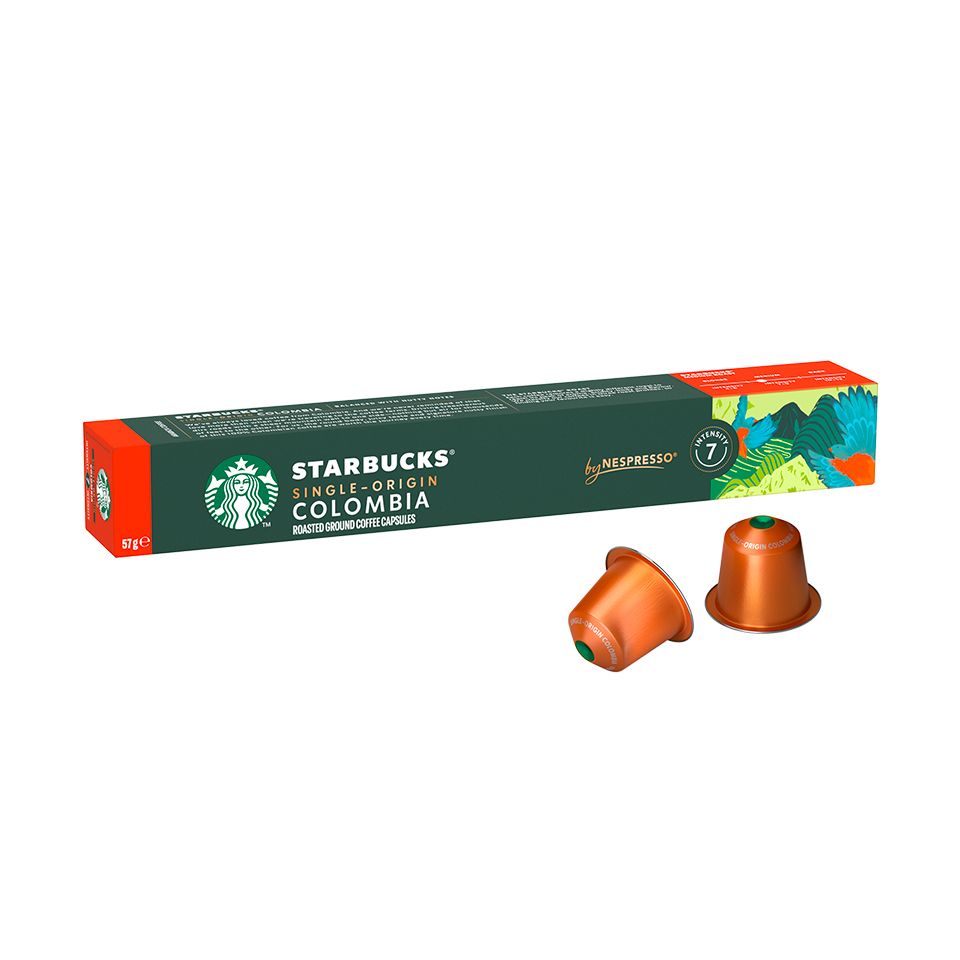SOE Single Origin Espresso – Showcasing Flavors from One Region
Comprehending Coffee Beans: the Journey From Coffee to Blended Coffee Beans

The Beginnings of Coffee: A Worldwide Point Of View
While you might think about coffee as a contemporary staple, its origins map back centuries, intertwining with cultures across the globe. The tale starts in Ethiopia, where tale claims a goat herder named Kaldi found the invigorating impacts of coffee beans after seeing his goats romping vigorously after eating them. This stimulated rate of interest, bring about coffee's spread to Arab investors who treasured the brewed drink. By the 15th century, it reached Persia, Egypt, and Turkey, where coffeehouses ended up being social hubs for conversation and society.
As profession routes broadened, coffee made its method to Europe in the 17th century, quickly getting popularity. Each society added its unique spin to coffee preparation, enriching its history.
Farming and Harvesting of Espresso Beans
As coffee's journey evolved, the emphasis changed to the cultivation and harvesting of details bean varieties, particularly those utilized for espresso. You'll discover that coffee beans commonly originate from Arabica or Robusta plants, each offering distinct tastes. The suitable expanding conditions include high elevations and rich, well-drained soil, which boost the beans' top quality.
During the harvest, selecting approaches differ. In some areas, employees hand-pick ripe cherries, making certain only the ideal fruit goes to processing. In other locations, mechanical harvesters are utilized, particularly on larger ranches. When the cherries reach peak ripeness for maximum taste., timing is essential; you desire to gather.
As soon as gathered, the beans are planned for processing, which is crucial in identifying their final taste. Understanding the cultivation and gathering procedures gives you insight right into what enters into your preferred espresso, enhancing your appreciation for each and every cup.
Handling Methods: From Cherry to Bean
Currently that you've learnt more about harvesting espresso beans, let's check out exactly how those cherries transform into the coffee beans you like. You'll see how various harvesting methods influence flavor, followed by the important steps of fermentation and drying out. Finally, we'll damage down the milling and grading procedure that identifies your coffee's high quality.
Harvesting Methods Described
When it involves coffee, comprehending harvesting methods is crucial, considering that they directly influence the flavor and high quality of the beans you delight in. There are two primary methods: careful picking and strip selecting. Careful picking entails hand-picking only ripe cherries, ensuring you obtain the ideal quality beans. This method typically results in a richer taste account, though it's even more labor-intensive. On the other hand, strip selecting methods gathering all cherries at when, despite ripeness. While it's quicker and less costly, this can cause a mix of tastes, influencing the final product. Eventually, the selection of gathering technique can significantly affect your coffee experience, so it deserves understanding how those beans made it to your cup.
Fermentation and Drying
After collecting, the following action in processing coffee beans play a considerable function fit their taste. You'll locate that fermentation is important, as it aids damage down the mucilage bordering the beans, improving their taste profile. Depending on the approach, this process can last from a couple of hours to several days, with differing results based on temperature and moisture.
As soon as fermentation is total, drying adheres to, which is similarly vital. You can choose from sun-drying or mechanical drying approaches. Sun-drying allows the beans to soak up flavors from the atmosphere, while mechanical drying assurances regular moisture degrees despite weather. Appropriate drying is important to avoid mold and mildew and protect the beans' high quality, eventually affecting your cup of coffee.
Milling and Grading Process
As fermentation and drying out established the phase for flavor growth, the milling and grading procedure guarantees that just the ideal coffee beans make it to your mug. This phase includes getting rid of the external layers of the coffee cherry, including the parchment and husk. After milling, the beans are sorted by dimension and weight, ensuring an uniform top quality. You'll find that grading helps recognize defects and categorize beans, which affects taste and scent. Top notch beans get a greater grade, causing a richer coffee experience. As soon as rated, the beans are all set for product packaging and shipping, preserving their one-of-a-kind attributes. This thorough process is necessary for supplying the extraordinary taste you enjoy in every sip of your preferred mixture.
Toasting Strategies: Opening Taste Potential
When you roast coffee beans, the method you choose can considerably affect the taste profile. Understanding the relationship between time, temperature level, and toasting strategies is crucial to exposing the capacity of your brew. Let's discover just how these aspects integrated to create the perfect mug.
Toasting Techniques Discussed
While you may assume that all coffee toasting techniques yield the same outcomes, the fact is that each strategy reveals distinct taste potentials in the beans. Drum roasting makes use of a turning drum to equally distribute warm, boosting caramelization and creating a well balanced taste. Air roasting, on the other hand, distributes warm air around the beans, promoting a lighter roast with noticable level of acidity.

Influence on Flavor Profile
Various toasting techniques not just affect the process however additionally significantly influence the taste profile of the coffee beans. When you select a light roast, you'll experience intense acidity and floral notes, showcasing the bean's origin. In comparison, a tool roast balances acidity with sweet taste, typically disclosing chocolatey undertones. Dark roasts, on the other hand, draw out bold, great smoky flavors, occasionally covering up the bean's special attributes. Each method reveals various oils and compounds, resulting in a large range of flavors. By try out different roasting styles, you can find which accounts reverberate with your taste. Comprehending these subtleties aids you value the virtuosity behind your cup of coffee, improving your general experience with every sip.
Time and Temperature Level Variables
To launch the complete flavor potential of coffee beans, both time and temperature throughout the toasting process play significant duties. When toasting, you'll discover that higher temperature levels can promptly develop tastes, however if you rush it, Single Origin Espresso you could finish up with charred notes. On the other hand, lower temperature levels permit a much more gradual taste advancement, showcasing the beans' distinct characteristics.

Timing is simply as important; expanding the roast as well long can result in a loss of acidity and illumination, while also short a roast might leave the beans underdeveloped. Locating that pleasant place needs technique and trial and error. By readjusting these aspects, you can expose the rich, intricate tastes hidden within each bean, producing a truly exceptional coffee experience.
The Art of Mixing: Crafting Distinct Coffee Accounts

Begin by choosing a base coffee that supplies a strong structure. A brilliant Ethiopian bean can bring fruitiness, while an abundant Brazilian coffee includes body.
As you blend, remember that each combination tells a story. You're not just making coffee; you're creating an experience. So, take your time, taste frequently, and delight in the journey of discovering your signature blend.
Brewing Methods: Exactly How Preparation Impacts Flavor
Blending coffee opens up a domain of taste opportunities, yet exactly how you make that mix can significantly influence your last mug. Various brewing methods extract special flavors and aromas, so it's essential to choose intelligently. For circumstances, a French press enables oils and sediments to continue to be, producing a rich, robust experience. On the other hand, a pour-over highlights the coffee's quality and illumination, ideal for showcasing fragile notes.
Espresso, with its high stress, generates a concentrated shot that highlights sweet taste and crema. If you choose a lighter brew, take into consideration a cool brew method; it yields a smooth, less acidic taste.
Ultimately, testing is key. Adjusting variables like water temperature, grind dimension, and brew time can change your coffee's account. Embrace the art of developing to find the flavors concealed in your coffee blends. The right method can boost your experience to brand-new elevations.
The Future of Coffee: Sustainability and Advancement
As the coffee sector evolves, sustainability and innovation are becoming necessary for resolving ecological difficulties and conference consumer demands. You'll observe that more coffee firms are adopting environmentally friendly methods, from sourcing beans morally to implementing lasting farming strategies. These changes not just aid the world yet likewise enhance the high quality of the coffee you appreciate.
You could see advancements like eco-friendly packaging and water-saving developing approaches that minimize waste. Advanced technology, such as blockchain, is additionally coming to be preferred, making certain openness in the supply chain, which permits you to trace your coffee back to its origins.
In enhancement, purchasing local areas and sustaining farmers with fair profession campaigns fosters a much more sustainable coffee environment. As you drink your next cup, bear in mind that your selections can add to a brighter future for coffee. By deciding for sustainable brand names, you're not simply taking pleasure in a drink; you're making a favorable effect on the world.
Often Asked Concerns
What Is the Difference In Between Arabica and Robusta Beans?
Arabica beans are smoother, sweeter, and have a higher level of acidity, while robusta beans are stronger, much more bitter, and have more high levels of caffeine. When brewing your coffee., you'll notice these distinctions in taste and fragrance.
Exactly How Does Altitude Affect Coffee Bean Flavor?
Elevation influences coffee bean flavor considerably. Greater elevations produce beans with brighter level of acidity and facility tastes, while lower altitudes often generate beans that are larger and much less nuanced. You'll observe these differences in your cup!
What Are the Wellness Perks of Alcohol Consumption Coffee?
Consuming coffee can enhance your power, enhance psychological emphasis, and even improve physical performance. It's rich in anti-oxidants, might reduce the risk of certain illness, and can promote a much healthier metabolic process when eaten in moderation.
Can Coffee Beans Be Recycled for Brewing?
Yes, you can reuse coffee beans for developing, yet the taste may be weaker. If you enjoy experimenting, attempt reusing them in various ways, like cool mixtures or including to shakes for an added kick.
Just how Should I Store Coffee Beans for Quality?
To maintain your coffee beans fresh, store them in an impermeable container in a cool, dark location. Prevent subjecting them to light, heat, or wetness, as these aspects can swiftly deteriorate their flavor and fragrance.
Understanding Coffee Beans: the Journey From Espresso to Blended Coffee Beans.
Currently that you've found out regarding gathering coffee beans, allow's discover just how those cherries transform right into the coffee beans you like.When you roast coffee beans, the approach you pick can substantially affect the flavor account - Single Origin Espresso.While you could assume that all coffee roasting approaches produce the same outcomes, the reality is that each strategy exposes one-of-a-kind taste capacities in the beans.Various roasting approaches not only influence the procedure yet additionally significantly affect the taste profile of the coffee beans